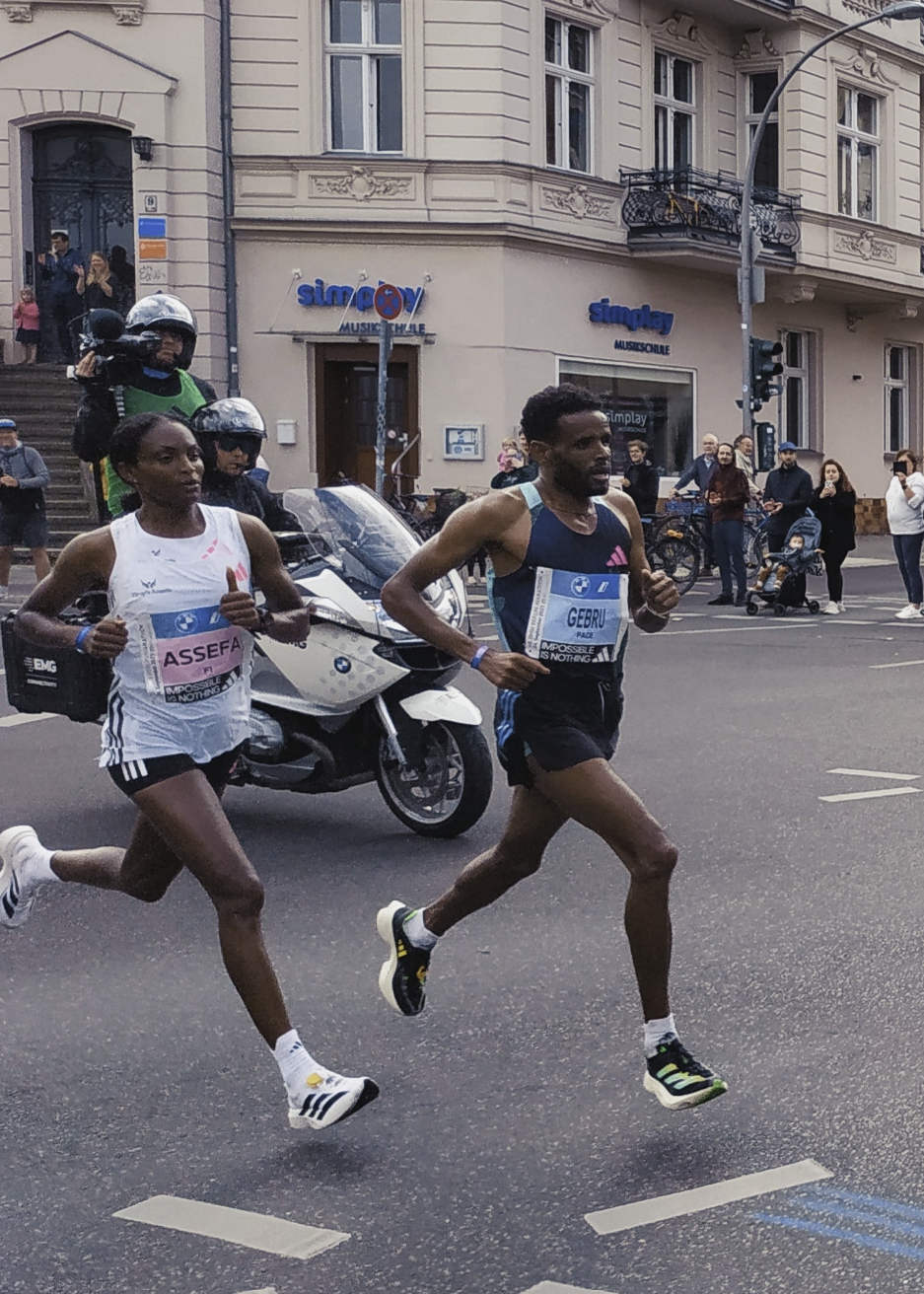How Running Shoes Have Become Too Fast
How much would you pay for a pair of shoes that is guaranteed to make you faster? While we don’t yet have shoes with propulsive springs or rocket boosters under them, this hypothetical is now a reality. In 2017, Nike facilitated their Breaking2 campaign, a project that attempted to get a human to break the two-hour barrier in the marathon. From this campaign, Nike released the Vaporfly 4%, a shoe they claimed made you run a marathon 4 percent faster. This caused a storm of debate and controversy as to whether the shoe made you faster by simply slipping it on.
However, with the first release of these shoes being years behind us, companies such as Adidas have produced a shoe with comparable technology, and the question of whether the shoes make you faster has been undisputedly answered.
Just last Saturday, the women’s marathon world record not only got broken but absolutely decimated. To put it into perspective, prior to the release of this new wave of shoe technology, the previously existing record from Paula Radcliffe stood at 2:15:25. The record, set last Saturday by Ethiopia’s Tigest Assefa, wearing Adidas’ brand-new racing shoe, now stands at 2:11:53, over three whole minutes faster. This, however, is not the only record that fell victim to the new shoe technology. Every world record, from the 5k to the marathon for both men and women, has been slaughtered since the evolution of shoe technology.
Now you may be asking yourself, what exactly is making the shoes that much faster? The previous design philosophy of running shoes was the lighter, the better. The thinking was the lighter the shoe, the less weight you would have to carry, which would allow you to move faster. This notion has since been completely turned on its head. These new shoes have soles up to an inch thick of foam and have a stiff plate of carbon fiber sandwiched in the middle. The catch is that these bigger and stiffer shoes weigh roughly the same as the older, more flexible racing flats. The thicker soles, made of featherweight PEBAX foam (airplane insulation) absorb the pounding when landing, and the combination of the plate and the foam then serves as a lever for your foot, springing you into your next stride.
Now, the next question you may be asking yourself is, where do I get a pair? The beauty of this time in competitive running is that, as previously stated, almost every major running brand has a shoe built with this technology. The catch, however, is that these shoes are far from cheap. The most popular front runner, the current Nike Vaporfly, will run you $250, and its more beefed-up brother, the Nike Alphafly, will cost you $275. Better yet, the new Adidas shoe that broke the women’s marathon world record this past week will charge you a mind-numbing $500 if you can get your hands on a pair. Better yet, these shoes have roughly a fifth of the lifespan of the traditional running shoe, as the lightweight materials are built to be fast rather than last.
So, if you are looking for a way to become faster, the time has come when you can finally blame it on your shoes.




con samon3 halp meh iam 14 and i dnt undrstand inglesh i hve 13% n mi clas pleas healp